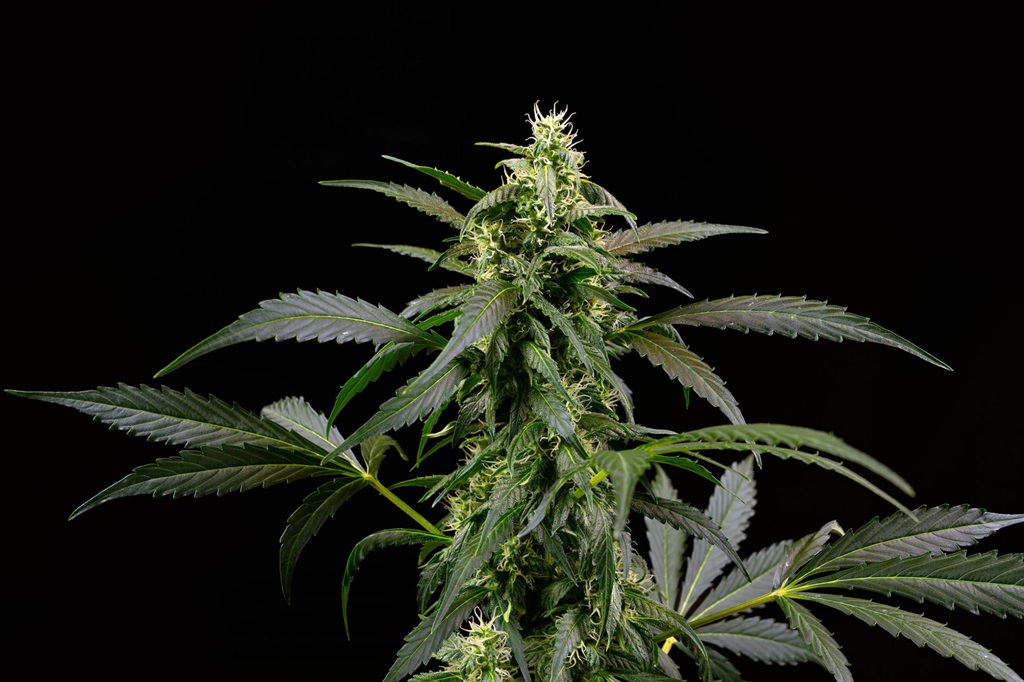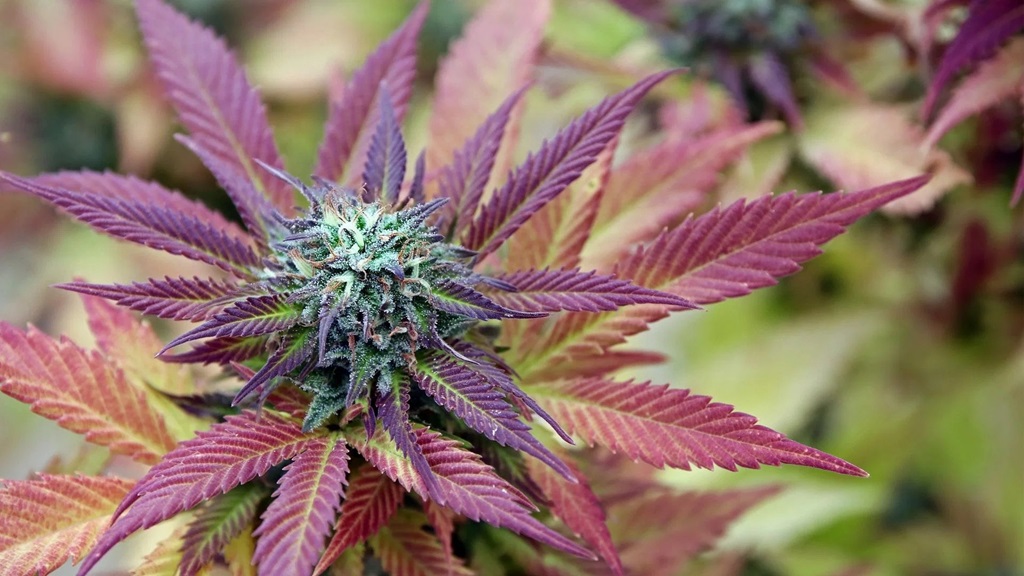The bubble gum plant, scientifically known as Parthenium argentatum, is an intriguing species that has captivated the interest of gardeners, botanists, and industry experts alike. This unique plant, native to the Chihuahuan Desert of North America, is renowned for its distinctive aroma, reminiscent of the popular confectionery, bubble gum. While it may sound like a novelty plant, the bubble gum plant holds both potential benefits and drawbacks that warrant careful consideration before cultivation.
The Sweet Side: Potential Benefits of Bubble Gum Plant Cultivation
Natural Rubber Source:
One of the most significant advantages of the bubble gum plant is its potential as a source of natural rubber. Unlike the traditional rubber tree (Hevea brasiliensis), which is susceptible to various diseases, the bubble gum plant demonstrates remarkable resistance to pests and pathogens. This makes it an appealing alternative for sustainable rubber production, reducing the reliance on synthetic rubber derived from fossil fuels.
Medicinal Properties:
Indigenous communities have long utilized the bubble gum plant for its purported medicinal properties. Extracts from the plant are believed to possess anti-inflammatory and analgesic effects, offering potential relief for various ailments. While further scientific research is needed to validate these traditional uses, the bubble gum plant shows promise in the field of natural medicine.
Ornamental Value:
Beyond its practical applications, the bubble gum plant possesses undeniable ornamental value. Its silvery-green foliage and unique aroma make it an eye-catching addition to gardens and landscapes. The plant’s ability to thrive in arid environments also makes it a suitable choice for xeriscaping, a water-wise landscaping approach.
Environmental Benefits:
The bubble gum plant’s deep root system aids in soil stabilization, preventing erosion in arid regions. Additionally, it requires minimal water and fertilizer inputs, making it an environmentally friendly option for cultivation.
The Sticky Side: Potential Drawbacks of Bubble Gum Plant Cultivation
Invasive Potential:
While the bubble gum plant’s resilience is an asset in certain contexts, it also raises concerns about its potential to become invasive. The plant’s ability to thrive in harsh conditions and produce abundant seeds could lead to its spread into unintended areas, outcompeting native vegetation and disrupting ecosystems.
Allergenic Properties:
The bubble gum plant contains parthenium, a compound known to cause allergic reactions in some individuals. Contact with the plant’s sap or pollen can trigger skin irritation, rashes, and respiratory issues in sensitive individuals.
Limited Commercial Viability:
Despite its potential as a rubber source, the bubble gum plant faces challenges in achieving widespread commercial viability. The extraction of rubber from the plant is a complex and costly process, requiring specialized equipment and techniques. Additionally, the relatively low rubber content in the plant compared to the rubber tree poses an economic hurdle.
Ethical Considerations:
The cultivation of bubble gum plants for rubber production raises ethical considerations regarding land use and potential impacts on local communities. The conversion of large areas of land to plantations could displace traditional agricultural practices and disrupt livelihoods.
Related: How to Take Care of Crispy Wave Fern in Garden?
Navigating the Sweet and Sticky: Balancing the Pros and Cons
Cultivating the bubble gum plant presents a complex scenario with both potential benefits and drawbacks to consider. The plant’s resilience, medicinal properties, and environmental benefits are undeniable, but its invasive potential, allergenic properties, and limited commercial viability warrant caution.
Responsible cultivation practices are crucial to harnessing the benefits of the bubble gum plant while mitigating its risks. This includes carefully selecting cultivation sites to minimize the risk of invasiveness, implementing measures to protect workers and sensitive individuals from allergic reactions, and investing in research to improve rubber extraction efficiency and reduce production costs.
The Future of the Bubble Gum Plant
The bubble gum plant remains a fascinating and enigmatic species with untapped potential. As research and technology advance, it is likely that new insights and applications will emerge. By approaching its cultivation with a balanced perspective and a commitment to sustainable practices, we can unlock the sweet side of this unique plant while navigating its sticky challenges.





Average Rating